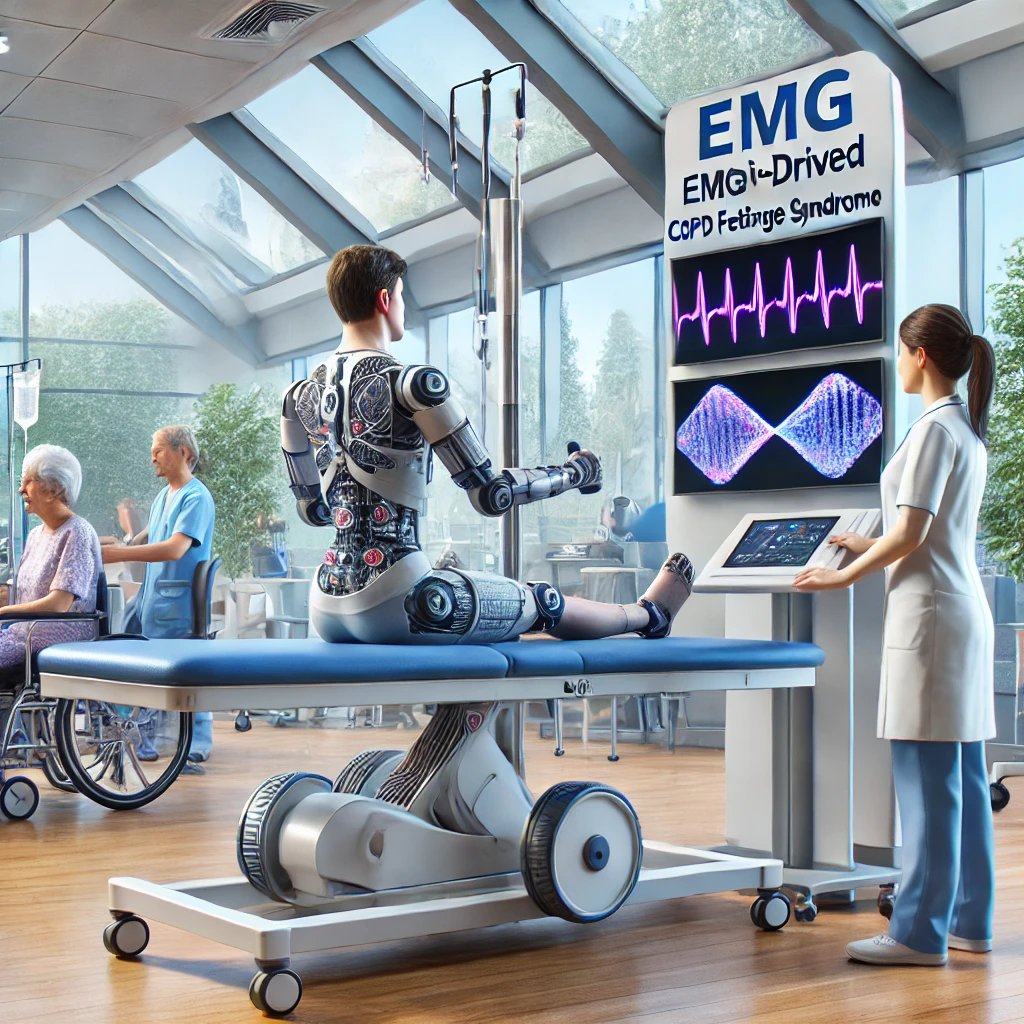Innovation
The study highlights the innovative use of EMG-driven robots to assist in neurological rehabilitation, helping patients with severe muscle weakness perform exercises that would be difficult to do manually.
Evaluation System
Quantifiable results: Improvements in Functional Independence Measure (FIM), Berg scale, Tinetti scale, six-minute walking test (6MWT), isokinetic muscle force test, and hand grip strength.
Presence of comparison group: Yes, a control group received standard rehabilitation without robotic assistance.
Assessment
The practice is considered good as the robotic rehabilitation approach showed similar or better results in improving physical independence compared to traditional methods, particularly in muscle strength and motor function.
References
Trzmiel T, Marchewka R, Pieczyńska A, et al. The Effect of Using a Rehabilitation Robot for Patients with Post-Coronavirus Disease (COVID-19) Fatigue Syndrome. Sensors (Basel). 2023;23(19):8120. Published 2023 Sep 27. doi:10.3390/s23198120








